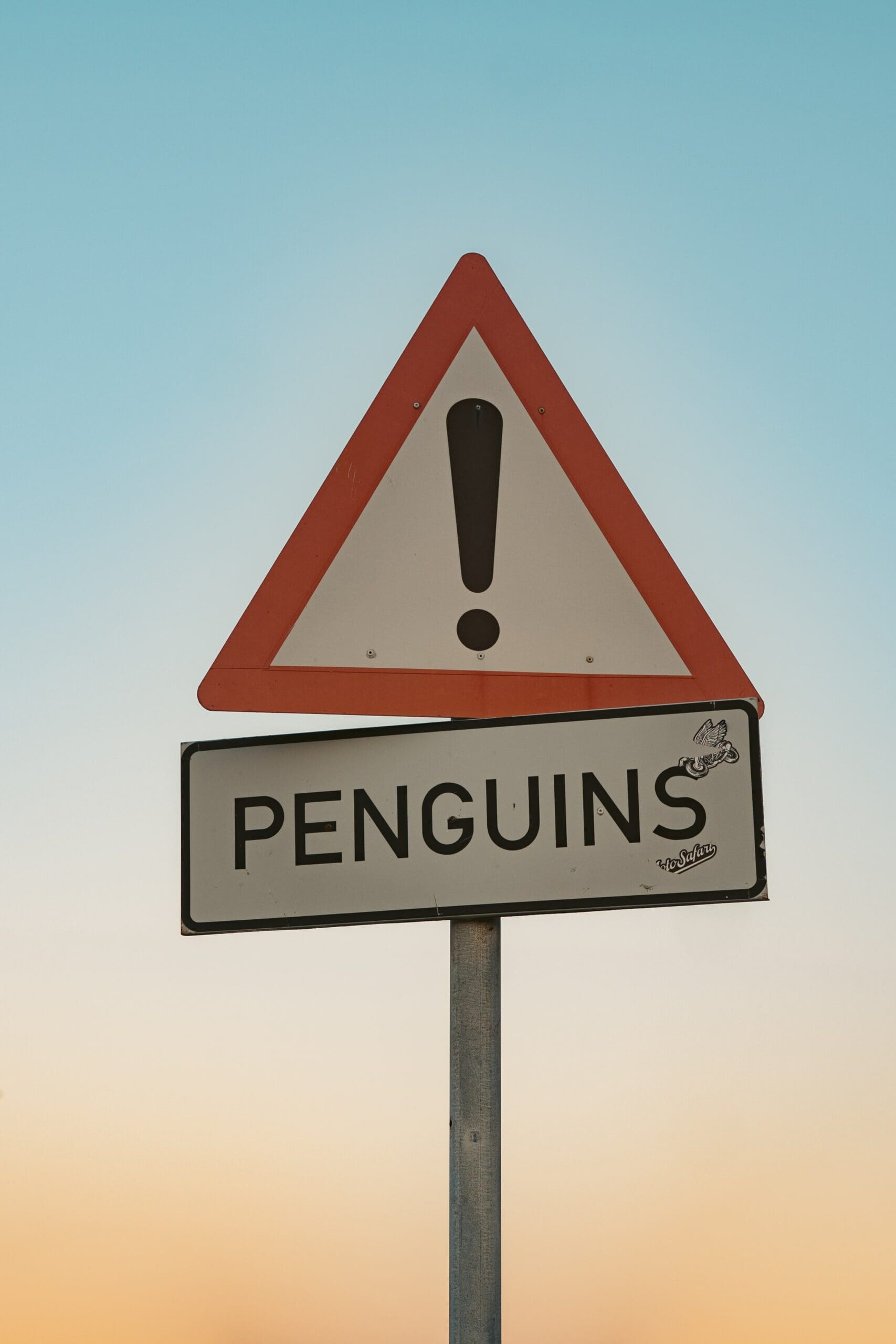
Punctuation Facts for Kids – 5 Popular Facts about Punctuation
Table of Contents
When should we add a comma in a sentence? Let’s learn five popular punctuation facts for kids.
Punctuation Facts for Kids Fact Number 1: Full Stop
A full stop is at the end of every sentence. It is a dot at the end of a sentence that tells you the sentence has stopped. A full stop shows that a point has been made and that you can move onto the next sentence. If a piece of text didn’t have full stops we would continue reading it as one sentence and would not pause. Full stops make it much easier to read as it structures sentences. Without full stops, it would be hard to tell when one sentence ends and another sentence begins. Full stops are used to end a statement, command or individual word. Full stops are also used in abbreviations.

Punctuation Facts for Kids: Full stop
Punctuation Facts for Kids Fact Number 2: Question Mark
A question mark is used at the end of a question. It lets us know that what the person is saying is a question and not a statement. A question sentence is one that often starts with one of the following words: who, what, when, where, why or how, but question marks can also be used with sentences that start with other words. For example, How are you? Do you want to eat? Question marks are not used in indirect questions. For example, “Did you do your homework?” uses a question mark but “Tom asked Jim if he did his homework.” does not.
Punctuation Facts for Kids Fact Number 3: Exclamation Mark
Exclamation marks are used to show strong emotion at the end of a sentence or after an interjection. An interjection is a word on its own, or used as part of a sentence. It expresses sudden emotion such as surprise, joy, fear or enthusiasm. Interjections are usually used at the beginning of a sentence, and when used on their own can be a sentence in their own right. For example: Stop!, Wow! or Oh! An exclamation mark is a straight line above a full stop. Did you know that there are towns whose names include an exclamation mark in them, such as Westward Ho! in Britain.

Punctuation Facts for Kids Fact Number 4: Comma
Commas separate items in a list and put pauses in a sentence. The purpose of a comma is to make sentences easier to read and understand. They separate different elements of a sentence. Commas can be complicated to understand but the easiest way to see where they go is by looking at their position in sentences. A good rule of thumb is if you pause or take a breath during a sentence, you should put a comma where this pause occurred. For example, Jane bought apples, pears, bananas and oranges at the shop. Before Dave went to sleep, he counted sheep.
Punctuation Facts for Kids Fact Number 5: Ellipsis
An ellipsis is three consecutive dots used to indicate omitted words. It can also be used as a pause for effect to increase tension or a trail off into silence. An example of ellipsis in a sentence: “I don’t know what to do …” The sentence may be “I saw the boy go into the shop” but an ellipsis may be used to get rid of some of the words such as “ I saw the boy …”

We hope you enjoyed learning more things about punctuation as much as we loved teaching you about them. Now that you know how majestic this language is, you can move on to learn about other ones like: English and Learning English.
Why not subscribe to our LearningMole Library for as little as £1.99 per month to access over 2800 fun educational videos.


Leave a Reply